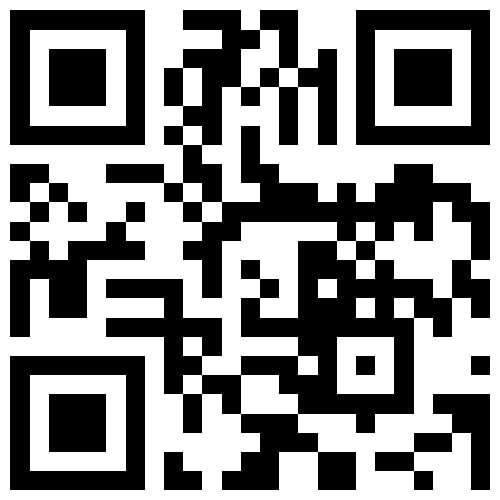GraphICA Software
GraphICA is a software dedicated to the analysis of Brain Imaging Data with main focus on resting state fMRI.
User Interface
The browser based GraphICA software is available upon setting up a user account. Once logged in, the account user can access the analysis of the DICOM data that has been uploaded from the MRI scanner to the server.
Secure & Online Application
As there is no need to transfer the DICOM data, that is immediately deleted when the analysis is completed, the risks of any privacy violations are dramatically reduced. Additionally, within GraphICA there is an option to select “Anonymize” to further protect the analysis results.
Contact Us For More InformationFunctional Data (fMRI)
GraphICA performs Independent Component Analysis (ICA) using dual regression, implemented in FMRIB Software Library (FSL). This approach identifies individual functional connectivity maps from predefined resting-state networks. Key steps include:
Identifying subject-specific spatial maps.
Using 11 resting-state network templates:
Auditory
Default Mode Network (DMN)
Executive Control (Left & Right)
Hippocampal
Language
Salience
Sensorimotor
Visual Lateral
Visual Medial
Visual Occipital
Extracting z-score maps at a voxel level for each subject.
Quality Check (fMRI)
fMRI data is checked for quality. Motion curves which describe the possible motion of the head during the acquisition are extracted. A quality index is built and statistically compared to a normative dataset of 1243 normal cases. A quality test is vital to be sure that the possible abnormalities observed in the patient are due to a pathological condition and not to a lower quality in the data recorded.
View A Test Sample ReportStructural Data Analysis
GraphICA includes preprocessing and statistical analysis pipelines for T1-weighted images and DTI data, enabling gray and white matter assessments. The following measures are extracted:
T1 Regions of Interest (ROIs):
Volume from gray matter (832 regions) and white matter (68 regions).
Useful for assessing brain development, injuries, neurological conditions, and treatment effectiveness.
DTI Measures:
Number of Fibers (NF)
Fractional Anisotropy (FA)
Mean Diffusivity (MD)

GraphICA Baseline Dataset
The GraphICA baseline dataset was compiled using imaging data from healthy individuals recruited across multiple international research sites. All MRI acquisitions were performed using 3 Tesla scanners. The dataset includes the following imaging modalities:
Functional MRI (fMRI):
Total Subjects: 1,243
Mean Age: 27 ± 16 years
433 Females (Mean Age: 28 ± 17)
810 Males (Mean Age: 26 ± 15)T1-Weighted Structural MRI:
Total Subjects: 1,665
Mean Age: 33 ± 19 years
693 Females (Mean Age: 38 ± 20)
972 Males (Mean Age: 30 ± 18)Diffusion Tensor Imaging (DTI):
Total Subjects: 1,957
Mean Age: 25 ± 5 years
1,072 Females (Mean Age: 26 ± 5)
885 Males (Mean Age: 25 ± 6)
Application and Testing
GraphICA Implementation and Deployment
The GraphICA pipeline has been successfully tested at the University Hospital of Liège and can be replicated at additional sites using similar deployment procedures. A dedicated PACS (Picture Archiving and Communication System) interface has been developed to enable seamless integration between MRI scanners and the GraphICA processing system, supporting automated workflows and DICOM-compatible outputs.
Contact Us For More InformationTailored Reports
In addition to the automatically generated report for fMRI results, the account user can set up application preferences to create a number of robust features such as:
- Personally semi-automatically generated report by selecting the intended visualization to report.
- Expert comments can be added to clarify the visualization.
- A customizable report template that can include a signature and institution affiliation that would appear each time a client generates a new report.


